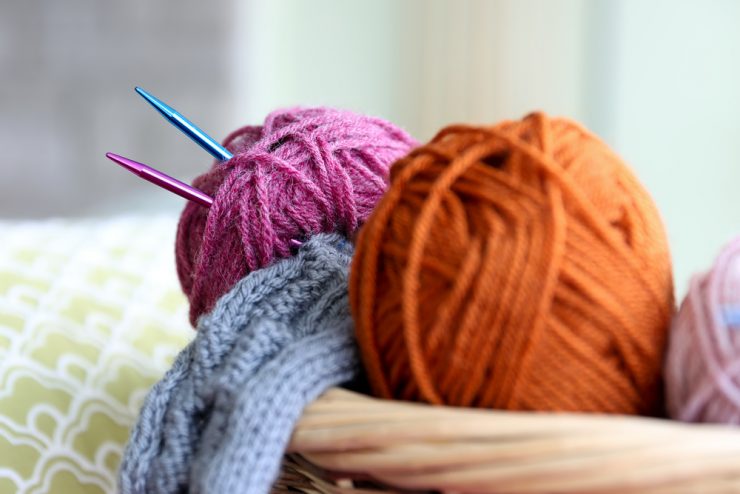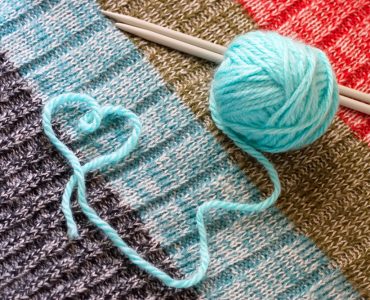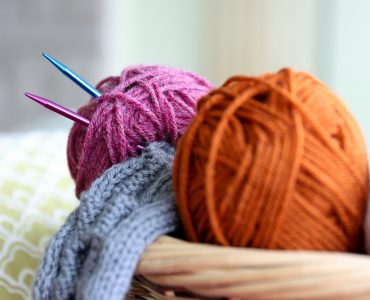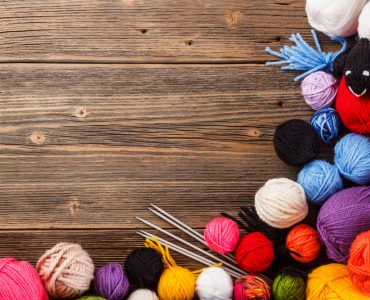Knitting is an artistic needlework done by interlacing yarn (or thread) in a series of connected loops by the use of knitting machines or straight eyeless needles. The origin of knitting lies in the essential human need for clothing to protect their bodies from harmful elements. Presently, knitting is considered more as a hobby than a way of fulfilling human needs.
Knitting has been practised for so many years, but its exact history remains a mystery for many people. There is even discussion about where it originated from. Some people believe knitting originated from Persia, while some believe it started in Israel, Syria, or Jordan. There are others who say it was invented in North Africa. Meanwhile, knitted socks were discovered in Egypt between the third and 6th century A.D. Hand knitting was an important industry in mediaeval Europe and it was developed into a modern craft during the 16th century. During ancient times, this art was considered a profession for women.
The first knitting machine was invented by a clergyman, William Lee, in 1589 in England. His invention started the modernisation of knitting. As years passed by, people have continued discovering more products that can be made by knitting. The earlier knitting produced socks and stockings for women, which was followed by the production of several garments like sweaters, blouses, cardigans, and skirts. The modern products of knitting include different types of clothing or dresses; crocheting; flower crafts; woodcrafts; decorations; and toys and dolls made of cloth. Though many modern methods of making those products are available at present, some people still practise this art for they consider it one of their hobbies.







